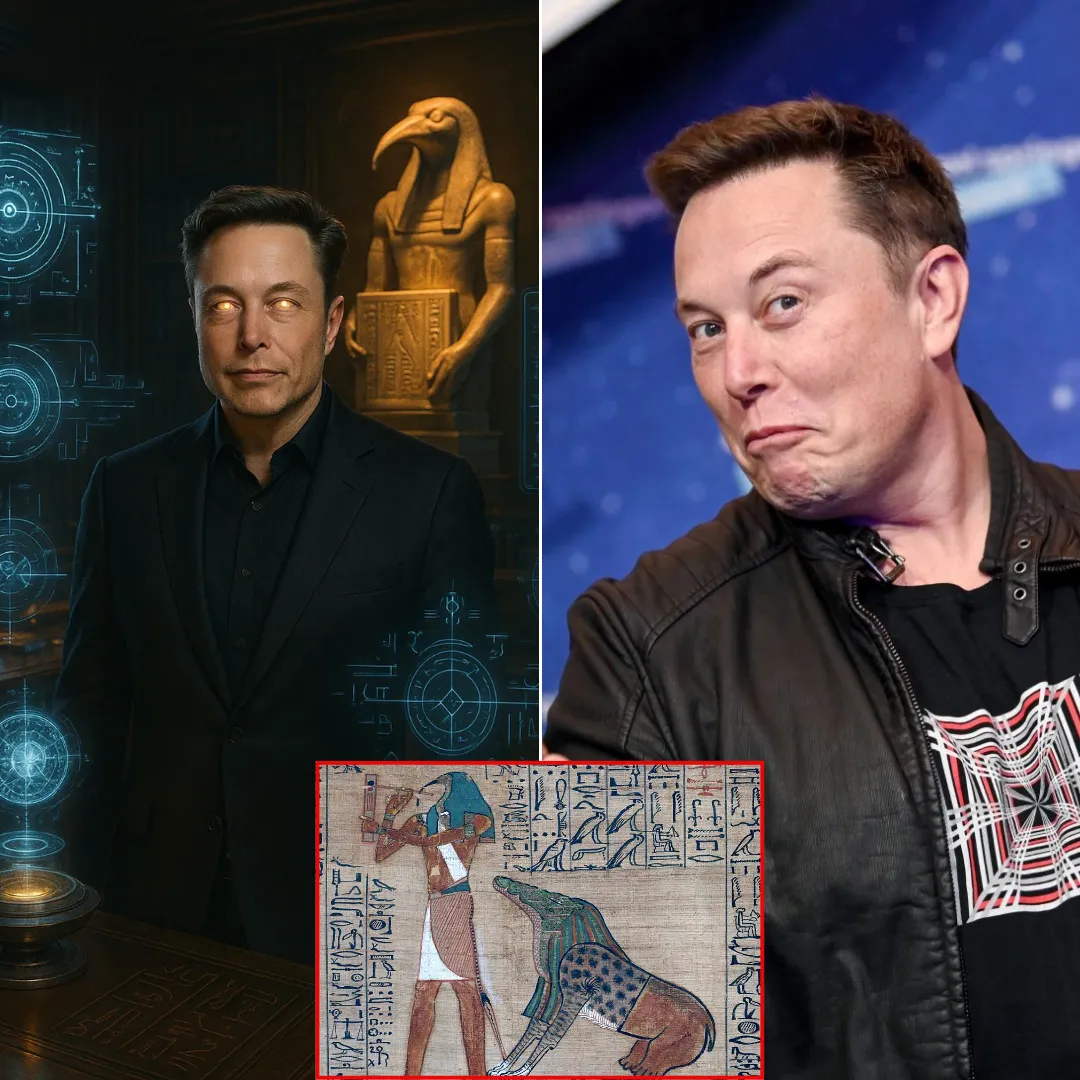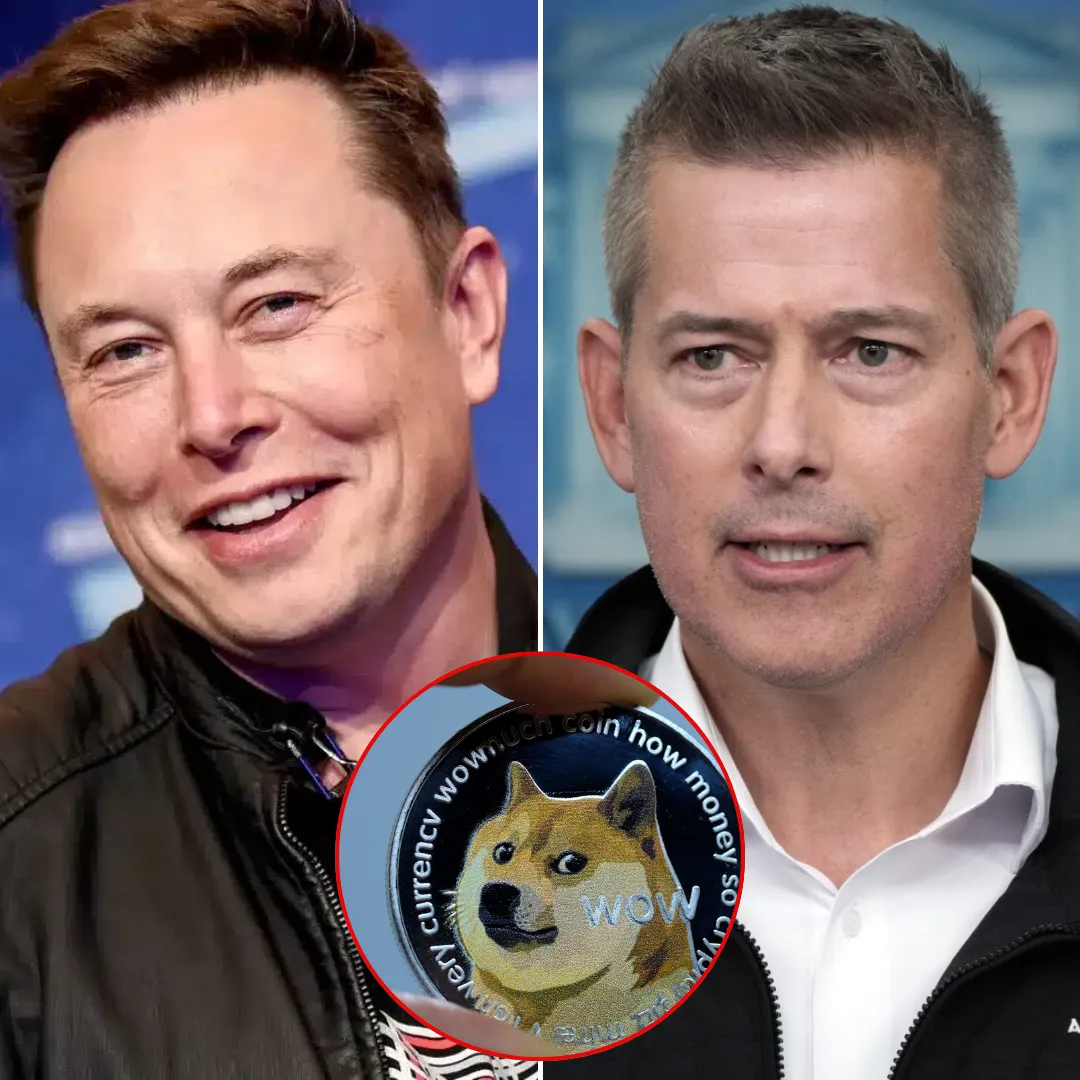
In an era where the boundaries between science fiction and reality are rapidly dissolving, three of the most influential technology titans—Elon Musk, Larry Page, and Sergey Brin—are leading a parallel revolution that may ultimately redefine humanity’s place both on Earth and in the cosmos. Musk, with his audacious interplanetary ambitions and full-throttle push for fully autonomous mobility, has positioned SpaceX and Tesla as central players in the future of how humans travel.
Meanwhile, Google’s co-founders, Larry Page and Sergey Brin, are backing a quieter but no less profound shift through their investment in Waymo, a company that is refining the urban transportation landscape through advanced lidar-based autonomous driving systems. Though their philosophies differ, their goals converge on a singular vision: to revolutionize human mobility across all dimensions.
The battle for the future of movement begins with two distinct visions of autonomy on Earth. Elon Musk’s approach, built into the DNA of Tesla’s electric vehicle empire, favors vision-based systems using cameras and neural networks. His public stance is clear—he has repeatedly criticized reliance on lidar sensors, calling them unnecessary for achieving full self-driving capabilities.
Instead, Tesla vehicles rely on a suite of cameras and artificial intelligence models to perceive and react to their surroundings. The bet is immense, both financially and ideologically. Musk sees vision as the key to human-like decision making and insists that mimicking biological vision is a more elegant, scalable solution than complex sensor arrays.

By contrast, Page and Brin—though less publicly flamboyant—have placed their faith in Waymo, a company born from Google's self-driving car project. Waymo embraces a different school of thought, using lidar, radar, and camera fusion to create a comprehensive and layered understanding of the driving environment.
This combination, though more hardware intensive, has been widely praised for its reliability and redundancy. Waymo vehicles are already operating in select cities without safety drivers, showcasing their progress in creating a commercial robo-taxi network. While Musk pushes for mass-market deployment of AI-driven autonomy in personally owned vehicles, Waymo is focused on building a ride-hailing network where mobility is a service rather than a product.
At first glance, these two strategies may seem contradictory, but they are in fact two fronts in a broader war to define the future of transport. Tesla is betting that by perfecting vision-based autonomy, it can bring affordable self-driving capabilities to millions of vehicles. Waymo, backed by Google’s formidable data infrastructure and AI research power, is pursuing high precision, high reliability, and centralized control.
Musk aims to hand the steering wheel to the people—or take it away entirely—while Waymo seems more comfortable with a future in which a fleet of AI chauffeurs replaces human drivers entirely. The stakes are massive, not just economically but socially. Whichever vision wins may shape the infrastructure of modern cities, the insurance industry, real estate values, and even how humans interact with machines on a daily basis.

While the battle for Earth plays out on highways and city streets, the battle for space is unfolding in a far more literal sense. Elon Musk’s SpaceX has already launched astronauts into orbit, delivered payloads for NASA, and begun deploying its Starlink internet satellite constellation around the globe. But the real endgame for Musk is not merely low-Earth orbit dominance. It is Mars. Musk has made no secret of his desire to colonize the Red Planet, viewing it as a hedge against existential risk on Earth.
SpaceX’s development of the fully reusable Starship rocket represents the most serious attempt in human history to build a transportation system capable of interplanetary travel. With rapid launch cycles, massive payload capacity, and bold architectural innovations, Starship is the centerpiece of Musk’s long-term plan to establish a self-sustaining civilization on another world.
Larry Page and Sergey Brin have historically stayed out of the limelight when it comes to space, but behind the scenes, their influence is being felt. Both billionaires have quietly funded aerospace ventures and cutting-edge research projects exploring lighter-than-air vehicles, high-altitude platforms, and even private air mobility systems. Their vision of the skies may not yet include Mars colonies, but it certainly involves reshaping how humans interact with the stratosphere and the edge of space.
Brin, in particular, has invested in a massive airship project aimed at developing sustainable and luxurious high-altitude travel. Page has explored personal air mobility solutions, supporting early-stage startups focused on vertical takeoff and landing vehicles. These ventures may not yet rival SpaceX in scale or ambition, but they hint at an overlapping desire among the Google founders to untether humanity from ground-level transportation entirely.

What unites these three men is not just their technological ambition but their willingness to pour personal capital, time, and influence into fundamentally reshaping civilization’s trajectory. Musk’s willingness to bet Tesla’s future on autonomy, and to risk billions in Starship development, speaks to a high-stakes, high-reward philosophy.
Page and Brin, ever the quiet architects, are investing in long-game infrastructure that could one day redefine entire industries. Together, they form a triad of private-sector visionaries whose choices may influence the direction of scientific research, policy decisions, and global economic realignment for decades to come.
Yet their efforts also raise profound ethical, regulatory, and societal questions. As governments struggle to keep pace with rapid innovation, the concentration of power in the hands of a few billionaires has become a subject of heated debate. Critics argue that space and transportation should be democratized domains, not controlled by private empires driven by the dreams of a select few.
Supporters counter that without the risk appetite and financial muscle of people like Musk, Page, and Brin, these industries might still be trapped in bureaucratic inertia. SpaceX has already shown it can deliver what government agencies once monopolized, but the larger question remains: who decides the rules for humanity’s expansion, both on Earth and in space?
This convergence of autonomous transport and space exploration is not merely symbolic. It reflects the growing interconnectedness of disciplines that were once siloed. Advances in AI navigation and decision-making, honed in urban mobility, are being applied to autonomous landing systems for spacecraft.
Materials and batteries developed for electric cars are being tested for use in atmospheric reentry and long-duration space travel. Satellite internet from Starlink could provide the backbone for future vehicle-to-vehicle communication networks on Earth. What began as two separate revolutions is now merging into a holistic transformation of mobility itself.
In the years ahead, these efforts may bear fruit in ways the public has yet to imagine. Autonomous vehicles could reduce traffic deaths to near zero. Air taxis might make commuting a vertical experience. Space tourism could evolve from a billionaire’s thrill into a public-facing industry. Lunar mining and Mars agriculture could become new economic frontiers.
Yet none of this will occur without risk, without failures, and without moments of public doubt. The pioneers of this new era must contend not only with physics and engineering but with public trust, social backlash, and the weight of expectation that comes with trying to redesign the human experience.

As of today, the balance of power in this techno-political chessboard remains dynamic. Musk is the most public and polarizing of the three, his every tweet capable of shifting markets and igniting debate. Page and Brin are less visible but equally potent, quietly shaping the future from the shadows of Silicon Valley.
Whether their divergent paths ultimately converge into a unified vision for human progress or remain competitive trajectories battling for dominance will depend on how their technologies scale, how regulators respond, and how societies choose to adopt or resist their innovations. In the end, the movement is not just upward into the stars or forward across highways. It is an inward movement into the heart of how humanity defines freedom, agency, and the dream of progress.
Elon Musk, Larry Page, and Sergey Brin are not just technologists—they are architects of a future where the limits of geography, gravity, and even mortality are being questioned and rewritten. Whether this future will be shared equitably or hoarded by the elite remains to be seen. But one thing is clear. The race is on, the stakes are high, and these men are not building products—they are building new worlds.




